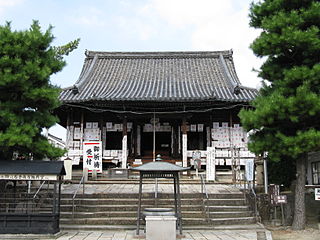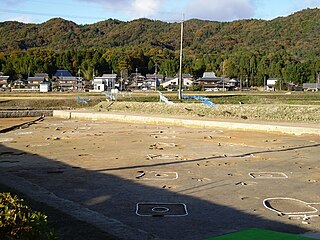 W
WEmperor Shōmu was the 45th emperor of Japan, according to the traditional order of succession. Shōmu's reign spanned the years 724 through 749, during the Nara period.
 W
WEbara-ji (家原寺) is a Buddhist temple in Nishi-ku, Sakai, Osaka Prefecture, Japan. It is affiliated with Kōyasan Shingon-shū. The central icon is the Bodhisattva, Monju (Mañjuśrī).
 W
WEmpress Kōmyō (光明皇后) (701–760) was the consort of Japanese Emperor Shōmu (701–756) during the Nara Period.
 W
WKuni-kyō, was the capital city of Japan between 740 and 744, whose imperial palace was built in the present-day city of Kizugawa in Kyoto Prefecture by the order of Emperor Shōmu.
 W
WKokubun-ji (国分寺) were Buddhist temples established in each of the provinces of Japan by Emperor Shōmu during the Nara period.
 W
WThe Shigaraki Palace was an imperial palace built by Emperor Shōmu, initially as a villa, later named by himself as the capital of Japan in 744 AD. It was located in Kōka District of Ōmi Province in what is now part of the city of Kōka, Shiga Prefecture, Japan. The capital-palace is also referred to as Kōka Palace in the Shoku Nihongi. Its ruins were designated a National Historic Site of Japan in 1974.
 W
WTōdai-ji is a Buddhist temple complex that was once one of the powerful Seven Great Temples, located in the city of Nara, Japan. Though it was originally founded in the year 738 CE, Todai-ji was not opened until the year 752 CE. The temple has undergone several reconstructions since then, with the most significant reconstruction taking place in 1709. Its Great Buddha Hall houses the world's largest bronze statue of the Buddha Vairocana, known in Japanese as Daibutsu (大仏). The temple also serves as the Japanese headquarters of the Kegon school of Buddhism. The temple is a listed UNESCO World Heritage Site as one of the "Historic Monuments of Ancient Nara", together with seven other sites including temples, shrines and places in the city of Nara.